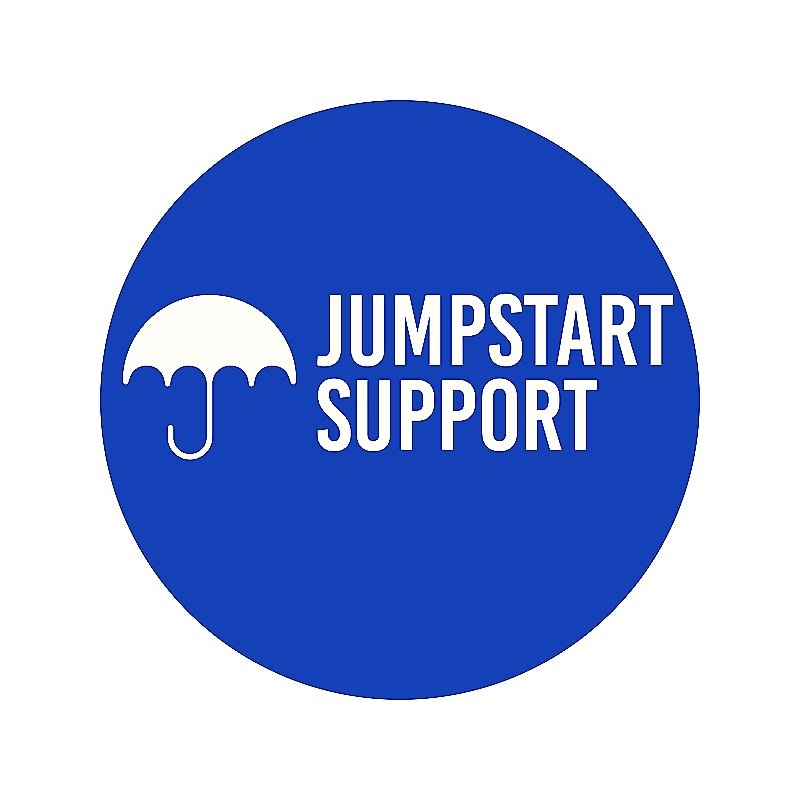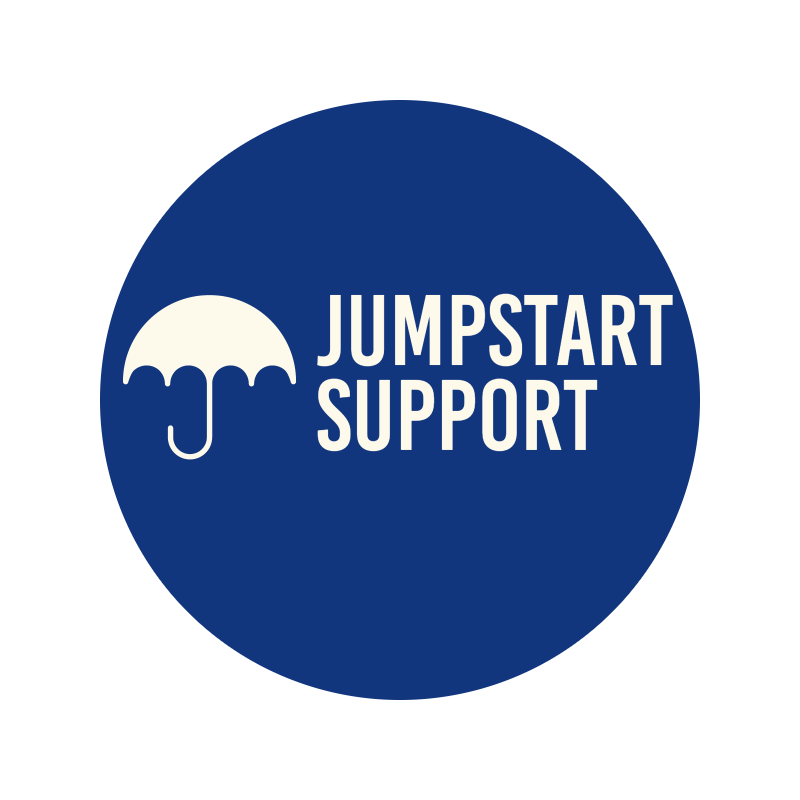Awareness to Action: Implementing Neurodiversity Initiatives in Recruitment
Creating a workplace culture that celebrates diversity isn't just about ticking boxes on a corporate checklist. It's a poignant reflection of the values a company holds, the people it seeks to employ, and the impacts it makes on society. Neurodiversity, a term coined in the late 1990s, focuses on the idea that neurological differences, like those seen with autism or ADHD, are a natural form of human diversity. However, translating this concept into action within the realms of recruitment and HR is a more recent, and needed, development.
The Crucial Role of Neurodiversity in the Modern Workplace
The face of diversity in the workplace is broadening to encompass individuals with a wide range of cognitive abilities and processing styles. Initiating neurodiversity programs in hiring has the potential to not just add new perspectives but can also fill some of the hardest-to-fill roles. Neurodiverse individuals often possess unique strengths well aligned with specific job demands. For instance, those on the autism spectrum often excel in roles that require attention to detail, pattern recognition, and logical reasoning, typifying untapped potential for many organisations.
Understanding Neurodiversity and Its Strengths
Neurodiversity encompasses a range of conditions, including autism, dyslexia, dyspraxia, ADHD, and others. These conditions are not deficiencies but variations that can bring beneficial perspectives and skills to a team. For instance, ADHD is often associated with increased creativity and entrepreneurial spirit, while dyslexia can lead to enhanced problem-solving and big-picture thinking. By recognizing and harnessing these unique abilities, companies can gain a competitive edge and foster an environment where all individuals can thrive.
The Role of Recruiters and Hiring Managers in Promoting Neurodiversity
Recruiters are the gatekeepers to the pipeline of talent, and their practices directly shape the culture of the organisations they serve. By educating hiring managers and designing inclusive recruitment processes, recruiters can pave the way for the successful integration of neurodiverse candidates. This can start with re-evaluating job descriptions, focusing on skills over traditional qualifications, and adjusting interview structures to be more conducive to neurodiverse individuals, such as using structured behavioural interviews over open-ended questioning.
Breaking Down Barriers to Neurodiverse Hiring
A significant challenge in neurodiversity hiring is the biases and lack of understanding around these conditions. Recruiters and hiring managers may need to advocate for change within their organisations and work to change the narrative around neurodiversity and workplace expectations. Support systems, such as mentorship programs and workplace accommodations, can further ease the integration of neurodiverse individuals and ensure their success.
Success Stories and Best Practices for Neurodiversity Recruitment
Organisations that have successfully implemented neurodiversity initiatives often find that their efforts not only benefit the candidates they hire but also transform the company culture. By sharing these stories and the best practices that led to their success, this can inspire and guide other organisations towards meaningful change. Best practices include partnering with community organisations, utilising job coaches, and providing ongoing training for current employees on neurodiversity awareness.
Research Backing the Benefits of a Neurodiverse Workforce
Research consistently shows that diverse teams are more innovative and perform better than homogenous groups. By incorporating individuals with neurodiverse conditions, companies can increase their ability to innovate, solve complex problems, and serve a broader customer base more effectively. Studies also reveal higher levels of job satisfaction and lower turnover rates among neurodiverse employees when they feel their contributions are valued and supported.
Overcoming Uncertainties and Moving Towards an Inclusive Future
The path to neurodiversity in the workplace is not without its challenges, but the potential rewards are vast. To overcome uncertainties, companies must commit to learning, enacting, and normalising supportive approaches. This can be done through promoting open dialogue, offering sensitivity training, and developing clear policies that safeguard the rights and needs of neurodiverse employees.
Implementing Sustainable Changes Through Collaboration and Empathy
Creating meaningful neurodiversity initiatives is a collaborative effort that requires the involvement of all stakeholders, from leadership to peers. Sustainable change is achieved through empathy, active listening, and a relentless pursuit of finding, and amplifying, the strengths of every employee. Executing these changes can galvanise teams, enhance organisational reputation, and position businesses as leaders in an inclusive workplace.
Call to Action: Cultivating a More Inclusive Talent Strategy
To those inspired to take the leap, the path to neurodiversity in the recruitment process is multifaceted and requires commitment, education, and the willingness to move beyond comfort zones. By making the conscious choice to be part of this change, organisations can honour the individuality and vast potential of all their employees.
In conclusion, bridging the gap from awareness to action in neurodiversity recruitment is not just the right thing to do; it's the smart thing. It taps into a wealth of untapped talent and brings innovation and fresh perspectives that can drive business forward. Organisations that prioritise neurodiversity will not only enhance their reputation but also build more thoughtful, creative, and resilient teams.
For those ready to pursue this path, be assured that Jumpstart Support is here to facilitate your journey. We provide tailored support and expert guidance to help you build an inclusive workplace that honours the unique strengths of every individual. Together, we can create a world where diversity is not merely accepted, but celebrated, and where inclusion is the norm, not the exception.

